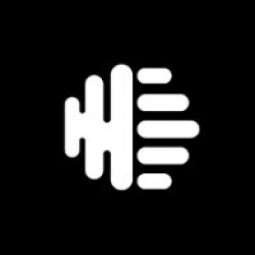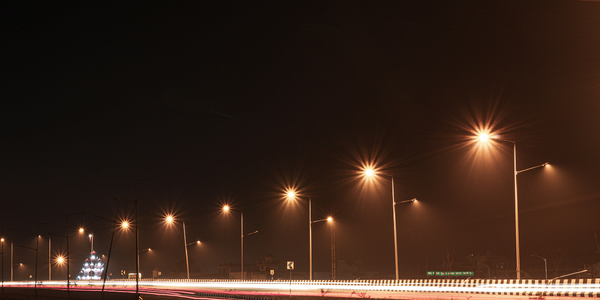Technology Category
- Platform as a Service (PaaS) - Application Development Platforms
Applicable Industries
- Cities & Municipalities
- Education
Applicable Functions
- Quality Assurance
- Sales & Marketing
Use Cases
- Smart City Operations
- Virtual Training
Services
- Testing & Certification
- Training
About The Customer
Founded in 1985 and headquartered in the UK, City Cruises by Hornblower is the largest river and harbor cruising company in the US. The company offers domestic travel experiences throughout several cities across North America including Boston, San Francisco, Niagara Falls, and New York City. City Cruises is committed to providing exceptional travel experiences for adventurers across North America. The company faced a significant challenge in training its customer service teams and ensuring quality, especially in the wake of the travel industry disruption caused by the 2020 pandemic.
The Challenge
City Cruises by Hornblower, the largest river and harbor cruising company in the US, was facing a significant challenge in training its customer service teams and ensuring quality. The company was only able to evaluate two calls per agent per month, which was a tedious process. The quality assurance process was manual, involving spreadsheets and manual cross-checking to track performance. The travel industry disruption in 2020 due to the pandemic added to the challenge. In 2021, City Cruises faced the task of ramping up hiring and training to re-ignite travel. They needed a way to review customer service calls more quickly and efficiently to improve feedback loops to agents. Their previous solution was a traditional workforce management platform that forced their QA team to manage a spreadsheet with over 60 formulas in place to track scorecards and run reporting.
The Solution
City Cruises adopted Observe.AI, a conversation intelligence solution, to boost their evaluation procedure efficiency. This solution eliminated the manual effort of sifting through entire calls to pull meaningful customer insights. With the 'Analyze' tab, City Cruises could drill into specific customer interactions and pinpoint key points of interest on calls to understand the context of the calls. The company also leveraged data to run root cause analysis on its customer interactions to get a clearer look into the 'why' behind calls, and more clearly understand call drivers. The Observe.AI platform provided City Cruises with a faster way to run their essential tasks so that training leads could spend more time on strategic projects, such as building better training programs. The platform also offered visibility into how new hires were performing, helping managers uncover call drivers, identify training opportunities, and give feedback to agents directly on the platform.
Operational Impact
Quantitative Benefit

Case Study missing?
Start adding your own!
Register with your work email and create a new case study profile for your business.
Related Case Studies.

Case Study
Turning A Stadium Into A Smart Building
Honeywell created what it called the “intelligent system” for the National Stadium in Beijing, China, turning the venue for the opening and closing events at the 2008 Summer Olympics into a “smart building.” Designed by highly controversial artist Ai Weiwei, the “Bird’s Nest” remains one of the most impressive feats of stadium architecture in the world. The 250,000 square meter structure housed more than 100,000 athletes and spectators at a time. To accommodate such capacity, China turned to Honeywell’s EBI Integrated Building Management System to create an integrated “intelligent system” for improved building security, safety and energy efficiency.
.png)
Case Study
Smart Street Light Network (Copenhagen)
Key stakeholders are taking a comprehensive approach to rethinking smart city innovation. City leaders have collaborated through partnerships involving government, research institutions and solution providers. The Copenhagen Solutions Lab is one of the leading organizations at the forefront of this movement. By bringing together manufacturers with municipal buyers, the Copenhagen Solutions Lab has catalyzed the development and deployment of next-generation smart city innovations. Copenhagen is leveraging this unique approach to accelerate the implementation of smart city solutions. One of the primary focus areas is LED street lighting.
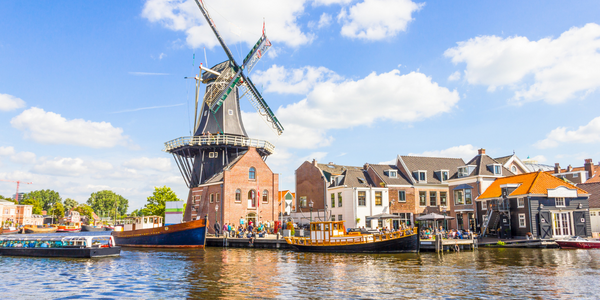
Case Study
Buoy Status Monitoring with LoRa
The Netherlands are well-known for their inland waterways, canals, sluices and of course port activities. The Dutch Ministry of Infrastructure indicates that there are thousands of buoys and fixed items in and near water environments that would profit from IoT monitoring. One of the problems with buoys for example, is that they get hit by ships and the anchor cable breaks. Without connectivity, it takes quite some time to find out that something has happened with that buoy. Not to mention the costs of renting a boat to go to the buoy to fix it. Another important issue, is that there is no real-time monitoring of the buoys at this moment. Only by physically visiting the object on the water, one gains insight in its status.
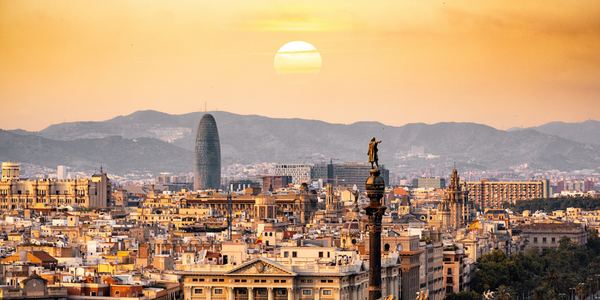
Case Study
Barcelona Case Study
Barcelona’s heavy traffic and its associated high levels of pollution were the primary factors that motivated some companies and universities to work on strategies for improving traffic in the city centre. Bitcarrier is one of the technologies involved in the In4Mo Project, whose main objective is to develop the applications that form the core of smart mobility, one of the fundamental pillars of the smart city concept.
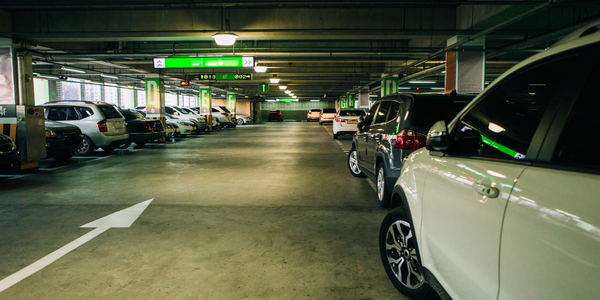
Case Study
China Mobile Smart Parking
Smart Parking, powered by NB-IoT technology, is making it easier for drivers to find free parking spots. Cities can better manage their parking assets and maximize the revenue available to them as a result. Drivers searching for parking create congestion and pollution by circling and hunting for available parking. Smart Parking services are able to significantly ease these problems by guiding a driver directly to a parking space.




